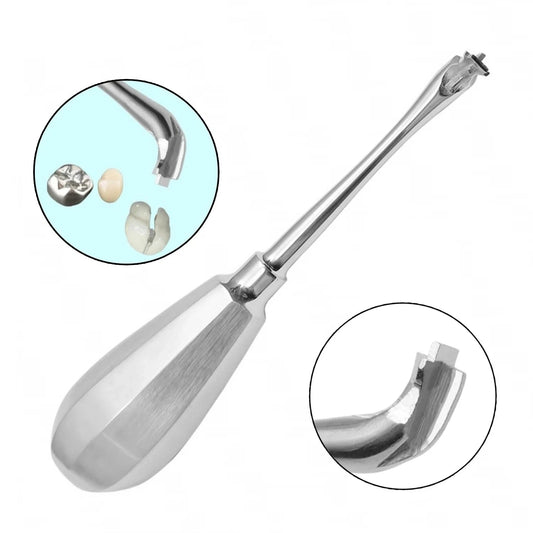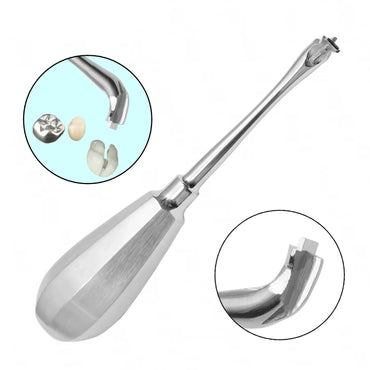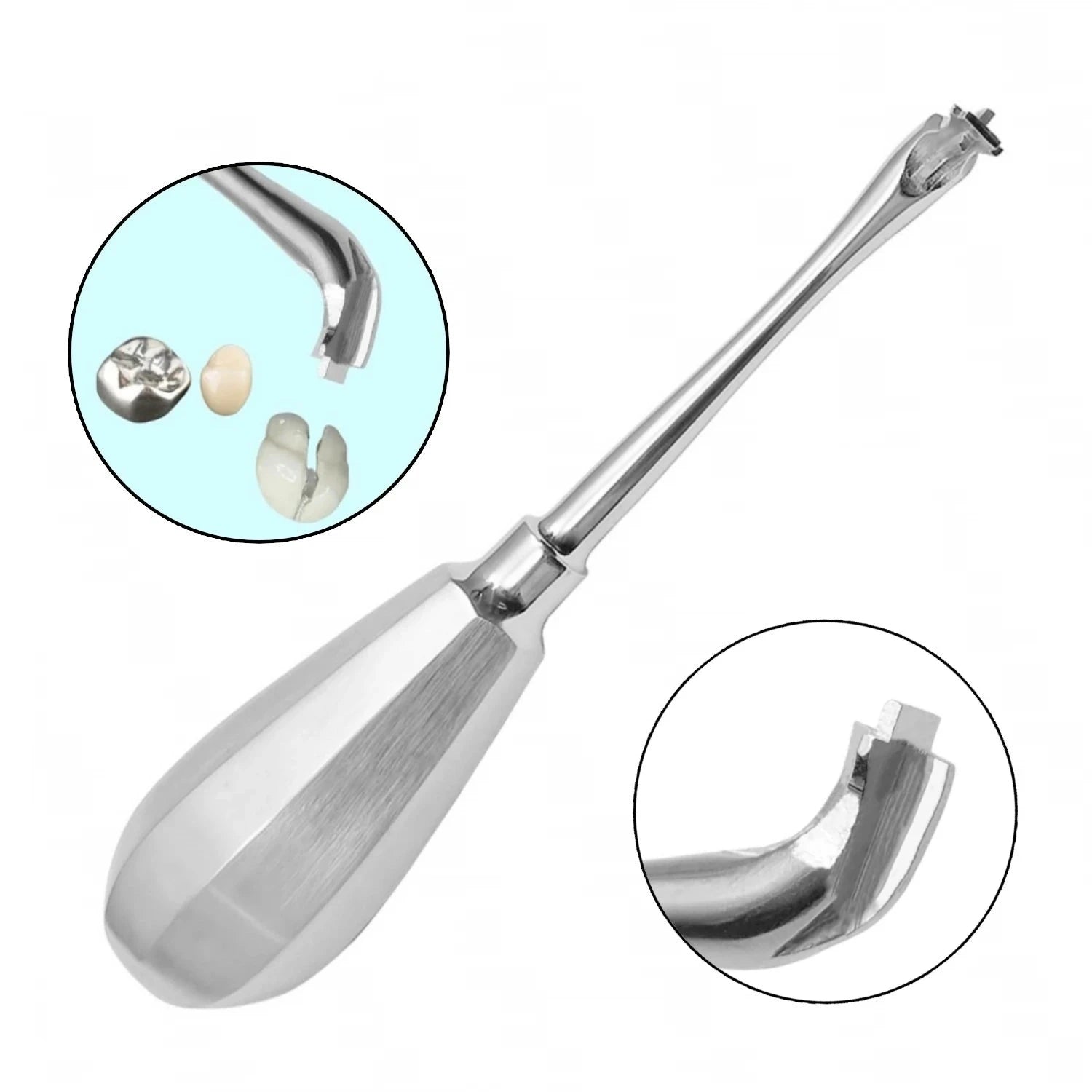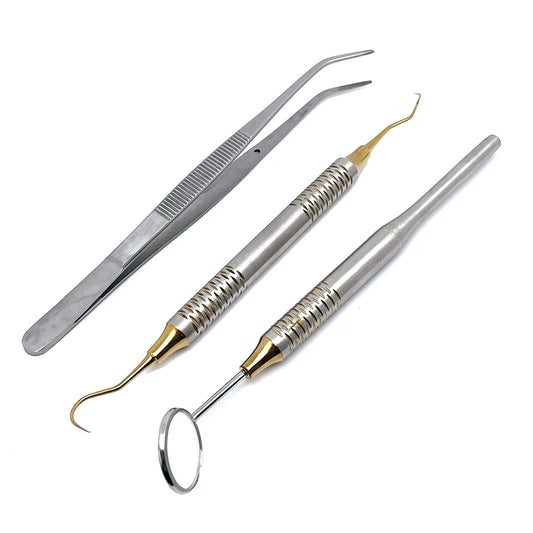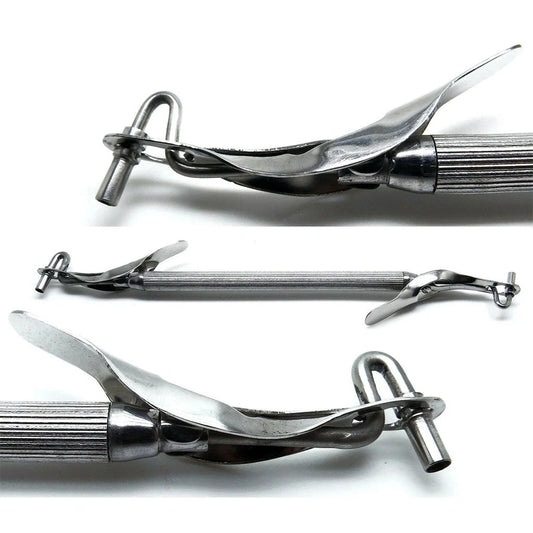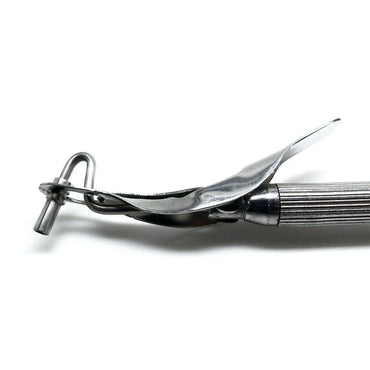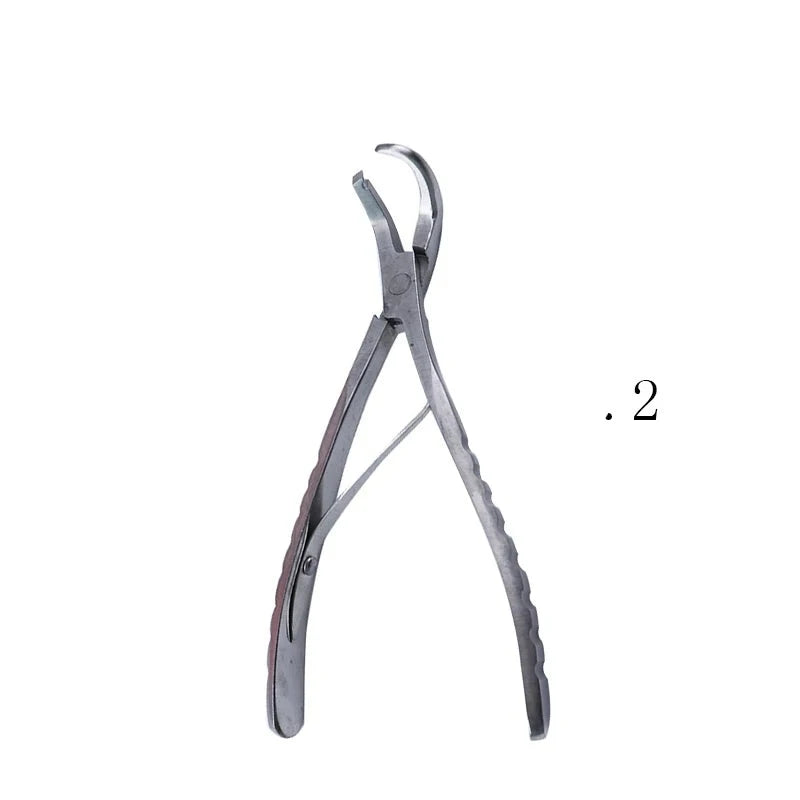Dental visits can be daunting for many patients, but for those who are anxious or non-verbal, the experience can feel particularly overwhelming. Dental providers must employ a thoughtful and empathetic approach to address these challenges, ensuring that every patient feels safe and understood. This post explores various behavior management techniques to enhance care for these individuals while fostering trust and comfort.
Understanding Patient Needs
Anxiety in Dental Settings
Dental anxiety is common and can stem from fear of pain, loss of control, or previous traumatic experiences. Patients may exhibit symptoms like sweating, rapid heartbeat, or even avoiding appointments altogether. Recognizing these signs early allows providers to adjust their approach to alleviate fear.
Challenges Faced by Non-Verbal Patients
Non-verbal patients may include individuals with autism, developmental delays, or those who have undergone medical procedures affecting their ability to speak. These patients often communicate through body language, facial expressions, or alternative communication methods. Understanding these cues is key to delivering effective care.
Communication Strategies
Building Rapport
Establishing trust is crucial, especially for patients with heightened anxiety or communication barriers. Here are some ways to build rapport:
- Introduce Yourself Calmly: A warm introduction can immediately set a positive tone.
- Explain Each Step: Provide a clear, simple explanation of what will happen during the visit.
- Listen Actively: Show patients you value their input, even if it’s non-verbal.
Utilizing Visual Aids
Visual aids like diagrams, videos, or pictures can help non-verbal or anxious patients understand procedures. For instance, showing images of dental instruments and explaining their purpose reduces fear of the unknown.
Alternative Communication Methods
For non-verbal patients, consider:
- Communication Boards: Use pictures or symbols to help patients express needs or concerns.
- Sign Language: Basic signs like "yes," "no," or "pain" can bridge the communication gap.
- Technology: Apps that convert text to speech or use visuals can facilitate dialogue.
Creating a Comfortable Environment
Sensory-Friendly Adjustments
A sensory-friendly dental office can significantly ease anxiety or discomfort for patients with heightened sensitivities. Implement changes such as:
- Dim Lighting: Reduces overstimulation.
- Quiet Environment: Limit loud noises from dental equipment.
- Weighted Blankets: Provide comfort and security during procedures.
Personalizing the Experience
Understanding individual preferences can make a significant difference. Some patients might appreciate headphones to block noise, while others may benefit from scheduling longer appointments for a more relaxed pace.
Behavioral Techniques
Tell-Show-Do
This method involves explaining a procedure (tell), demonstrating it on a model or the patient’s hand (show), and then performing the procedure (do). This approach helps patients understand what to expect, reducing fear and resistance.
Positive Reinforcement
Encouragement goes a long way in building trust. Use verbal affirmations like “Great job staying still!” or tangible rewards such as stickers or small toys to reinforce good behavior.
Gradual Desensitization
For patients with extreme anxiety, gradual exposure to dental procedures can help them acclimate over time. Begin with simple, non-invasive tasks, such as a tour of the office or a teeth cleaning, and progress to more complex procedures as trust builds.
Distraction Techniques
Keeping patients’ minds occupied can lessen anxiety. Options include:
- Visual Distractions: Ceiling-mounted TVs or virtual reality headsets.
- Auditory Distractions: Playing soothing music or allowing patients to listen to their favorite playlists.
- Tactile Distractions: Offering a stress ball or fidget toy.
Managing Non-Verbal Cues
Observing Body Language
Non-verbal patients communicate extensively through body language. Watch for signs such as:
- Tension: Clenched fists or rigid posture may indicate discomfort or fear.
- Facial Expressions: A furrowed brow or grimace can signal pain or distress.
Implementing Hand Signals
Establish simple hand signals with non-verbal patients to communicate during procedures. For example:
- A thumbs-up for “okay.”
- A raised hand to indicate the need for a break.
Collaborating with Caregivers
For non-verbal patients, caregivers can provide valuable insights into preferences and triggers. Their presence can also reassure the patient and aid in communication.
Addressing Challenges
Overcoming Resistance
Resistance from anxious or non-verbal patients can be challenging. Staying calm and patient is key. Techniques include:
- Redirecting Focus: Shift attention to a calming element, such as a stuffed animal or favorite song.
- Breaking Tasks Into Steps: Simplify procedures into manageable parts to reduce overwhelm.
Handling Emergencies
In rare cases, sedatives or general anesthesia may be necessary for patients unable to tolerate treatment despite other efforts. Always discuss these options thoroughly with the patient or their caregiver.
Professional Training
Specialized Courses
Investing in professional development can equip dental teams with tools to manage complex patient needs. Courses on behavior management, autism spectrum disorder, or anxiety treatment are particularly valuable.
Role-Playing Exercises
Practice scenarios with staff to prepare for diverse patient interactions. This builds confidence and ensures a consistent approach across the team.
Building Trust Over Time
For anxious or non-verbal patients, building trust is a gradual process. Encourage regular visits to maintain familiarity and reduce fear of the unknown. Celebrate small victories, such as completing a procedure without distress, to reinforce positive experiences.
Treating anxious or non-verbal patients requires a blend of empathy, creativity, and adaptability. By implementing tailored behavior management techniques, dental providers can transform potentially stressful visits into comfortable, positive experiences. This not only improves patient outcomes but also fosters a welcoming, inclusive practice that caters to all individuals.
Every patient deserves compassionate care, and with the right approach, dental providers can make a lasting impact on even the most vulnerable patients.
How can you incorporate these strategies into your practice? Let us know your thoughts in the comments!





